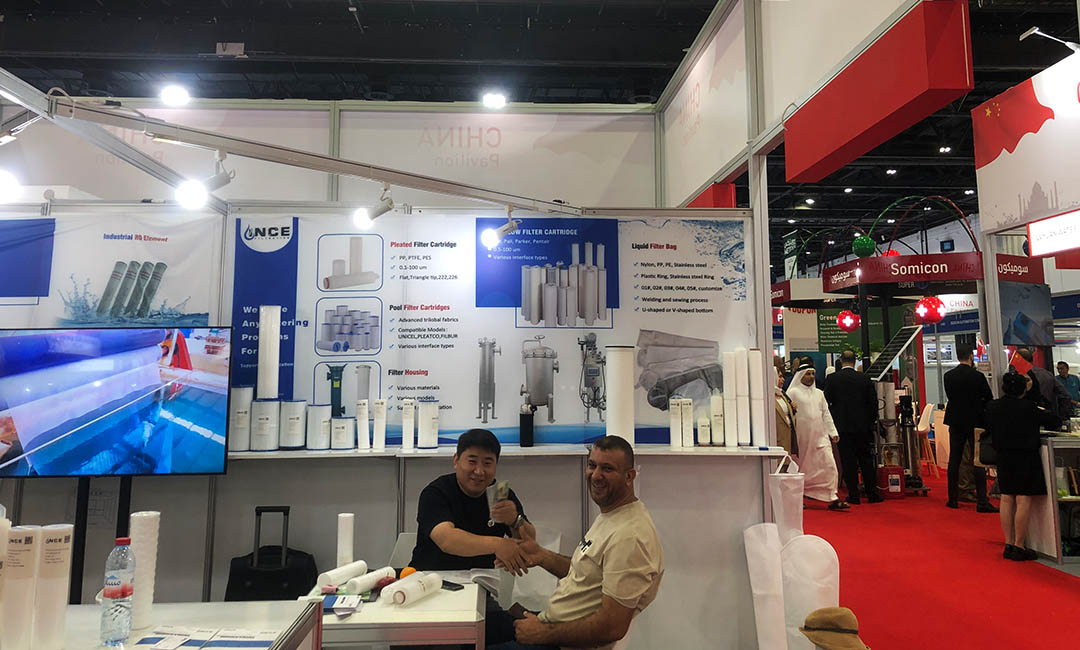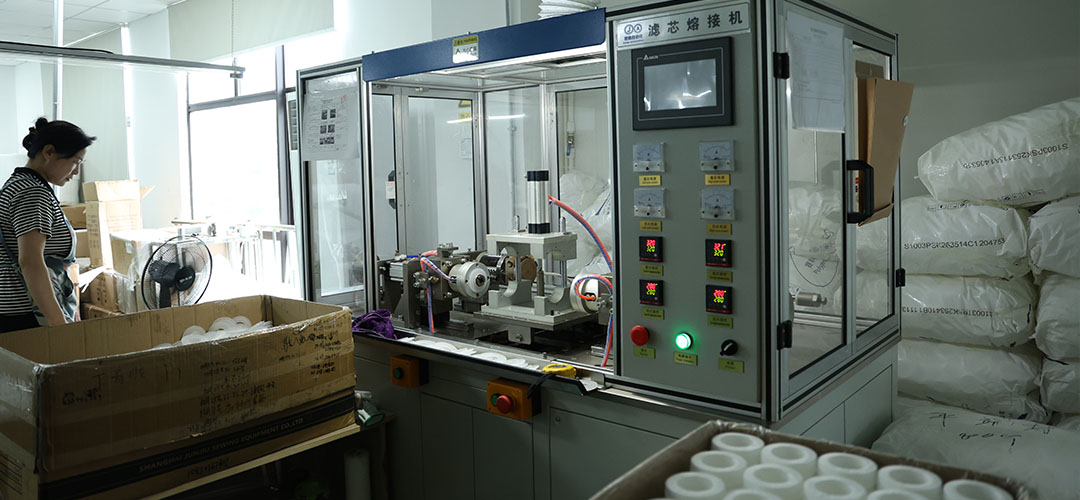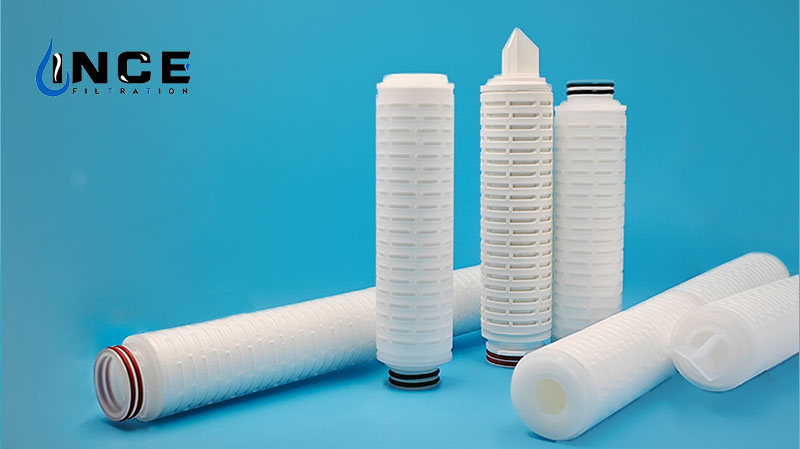Table of Contents
Benefits of Using Nanotechnology in Industrial Pleated Filters
Industrial pleated filters are an essential component in many industrial processes, helping to remove contaminants and impurities from air and liquids. In recent years, there have been significant advancements in the design and materials used in these filters, leading to improved performance and efficiency. One of the key innovations in industrial pleated filters is the use of nanotechnology, which has revolutionized the way these filters operate.
Nanotechnology involves manipulating materials at the nanoscale, which is on the order of one billionth of a meter. By incorporating nanomaterials into the design of industrial pleated filters, manufacturers have been able to enhance their performance in several ways. One of the main benefits of using nanotechnology in industrial pleated filters is the increased surface area available for filtration. Nanomaterials have a high surface area-to-volume ratio, allowing for more efficient capture of contaminants and impurities.
Another advantage of using nanotechnology in industrial pleated filters is the improved mechanical strength and durability of the filter media. Nanomaterials are known for their exceptional strength and resilience, making them ideal for use in high-pressure and high-temperature environments. This increased durability extends the lifespan of the filter, reducing maintenance costs and downtime.
Furthermore, nanotechnology has enabled the development of self-cleaning industrial pleated filters. By incorporating nanocoatings on the filter media, manufacturers have created filters that can repel contaminants and prevent clogging. This self-cleaning capability not only improves the efficiency of the filter but also reduces the frequency of filter replacements, saving time and money for industrial operations.
In addition to these benefits, nanotechnology has also allowed for the customization of industrial pleated filters to meet specific filtration requirements. By tailoring the size, shape, and composition of nanomaterials used in the filter media, manufacturers can design filters that target specific contaminants or impurities. This level of customization ensures that industrial processes are protected from a wide range of pollutants, leading to cleaner and safer working environments.
Overall, the use of nanotechnology in industrial pleated filters offers numerous benefits for industrial applications. From increased surface area for filtration to improved mechanical strength and self-cleaning capabilities, nanotechnology has revolutionized the way these filters operate. By harnessing the power of nanomaterials, manufacturers can create filters that are more efficient, durable, and customizable, providing enhanced performance for a wide range of industrial processes. As technology continues to advance, we can expect to see even more innovations in industrial pleated filters that further improve their performance and efficiency.
Advancements in Filter Media Materials for Improved Efficiency
In recent years, there have been significant advancements in industrial pleated filters that have revolutionized the way filtration systems operate. One of the key areas of innovation has been in the development of filter media materials, which play a crucial role in determining the efficiency and performance of the filters. By using cutting-edge materials and technologies, manufacturers have been able to enhance the filtration capabilities of pleated filters, making them more effective in removing contaminants and improving overall system performance.

One of the most notable advancements in filter media materials is the use of nanofiber technology. Nanofibers are extremely small fibers with diameters in the nanometer range, typically less than 100 nanometers. These fibers have a high surface area-to-volume ratio, which allows them to capture particles more effectively than traditional filter media materials. By incorporating nanofibers into pleated filters, manufacturers have been able to improve filtration efficiency and increase the lifespan of the filters.
Another important innovation in filter media materials is the use of electrostatically charged fibers. These fibers are designed to attract and capture particles through electrostatic forces, making them highly effective in removing contaminants from the air or liquid being filtered. By incorporating electrostatically charged fibers into pleated filters, manufacturers have been able to achieve higher filtration efficiencies and improve overall system performance.
In addition to nanofiber technology and electrostatically charged fibers, manufacturers have also been exploring the use of advanced synthetic materials in filter media. These materials are designed to be more durable and resistant to wear and tear, allowing filters to maintain their performance over a longer period of time. By using advanced synthetic materials in pleated filters, manufacturers have been able to improve the reliability and longevity of filtration systems, reducing maintenance costs and downtime.
Furthermore, advancements in filter media materials have also led to the development of antimicrobial filters. These filters are designed to inhibit the growth of bacteria and other microorganisms on the filter media, preventing the spread of harmful contaminants. By incorporating antimicrobial properties into pleated filters, manufacturers have been able to improve the overall cleanliness and safety of filtration systems, particularly in sensitive environments such as hospitals, laboratories, and food processing facilities.

Overall, the advancements in filter media materials have significantly enhanced the performance of industrial pleated filters. By using cutting-edge technologies such as nanofiber technology, electrostatically charged fibers, advanced synthetic materials, and antimicrobial properties, manufacturers have been able to improve filtration efficiency, increase system performance, and reduce maintenance costs. These innovations have made pleated filters an essential component of modern filtration systems, providing reliable and effective contaminant removal in a wide range of applications. As technology continues to evolve, we can expect to see even more innovations in filter media materials that will further enhance the performance of industrial pleated filters.
Impact of IoT Integration on Monitoring and Maintenance of Industrial Pleated Filters
Industrial pleated filters play a crucial role in maintaining air quality and ensuring the smooth operation of various industrial processes. These filters are designed to capture particles and contaminants from the air, preventing them from entering sensitive equipment or being released into the environment. In recent years, there have been significant advancements in the design and technology of industrial pleated filters, leading to improved performance and efficiency.
One of the key innovations in industrial pleated filters is the integration of IoT (Internet of Things) technology for monitoring and maintenance. IoT technology allows for real-time monitoring of filter performance, enabling proactive maintenance and replacement of filters before they become clogged or ineffective. This has a significant impact on the overall efficiency and effectiveness of industrial processes, as well as reducing downtime and maintenance costs.

By integrating IoT technology into industrial pleated filters, manufacturers and operators can track key performance metrics such as airflow, pressure drop, and filter life. This data can be used to optimize filter replacement schedules, ensuring that filters are changed at the right time to prevent equipment damage or performance issues. Additionally, IoT technology can provide alerts and notifications when filters are nearing the end of their useful life, allowing for timely replacement and minimizing the risk of system failure.
Another benefit of IoT integration in industrial pleated filters is the ability to remotely monitor filter performance from anywhere in the world. This is particularly useful for large industrial facilities or facilities located in remote areas, where regular on-site maintenance may be challenging or costly. With IoT technology, operators can access real-time data on filter performance and make informed decisions about maintenance and replacement without the need for physical inspection.
In addition to monitoring and maintenance benefits, IoT integration in industrial pleated filters also enables predictive analytics and machine learning algorithms to optimize filter performance. By analyzing historical data on filter performance and environmental conditions, these algorithms can predict when filters are likely to become clogged or need replacement, allowing for proactive maintenance and preventing costly downtime.
Overall, the impact of IoT integration on monitoring and maintenance of industrial pleated filters is significant. By providing real-time data on filter performance, enabling remote monitoring and maintenance, and optimizing filter performance through predictive analytics, IoT technology is revolutionizing the way industrial filters are managed and maintained. This not only improves the efficiency and effectiveness of industrial processes but also reduces maintenance costs and downtime, leading to increased productivity and profitability for industrial operators.
In conclusion, innovations in industrial pleated filters, particularly the integration of IoT technology for monitoring and maintenance, are driving enhanced performance and efficiency in industrial processes. By leveraging real-time data, remote monitoring capabilities, and predictive analytics, industrial operators can optimize filter performance, reduce maintenance costs, and prevent equipment damage. As IoT technology continues to evolve, we can expect further advancements in industrial pleated filters that will further improve air quality, equipment reliability, and overall operational efficiency in industrial settings.






